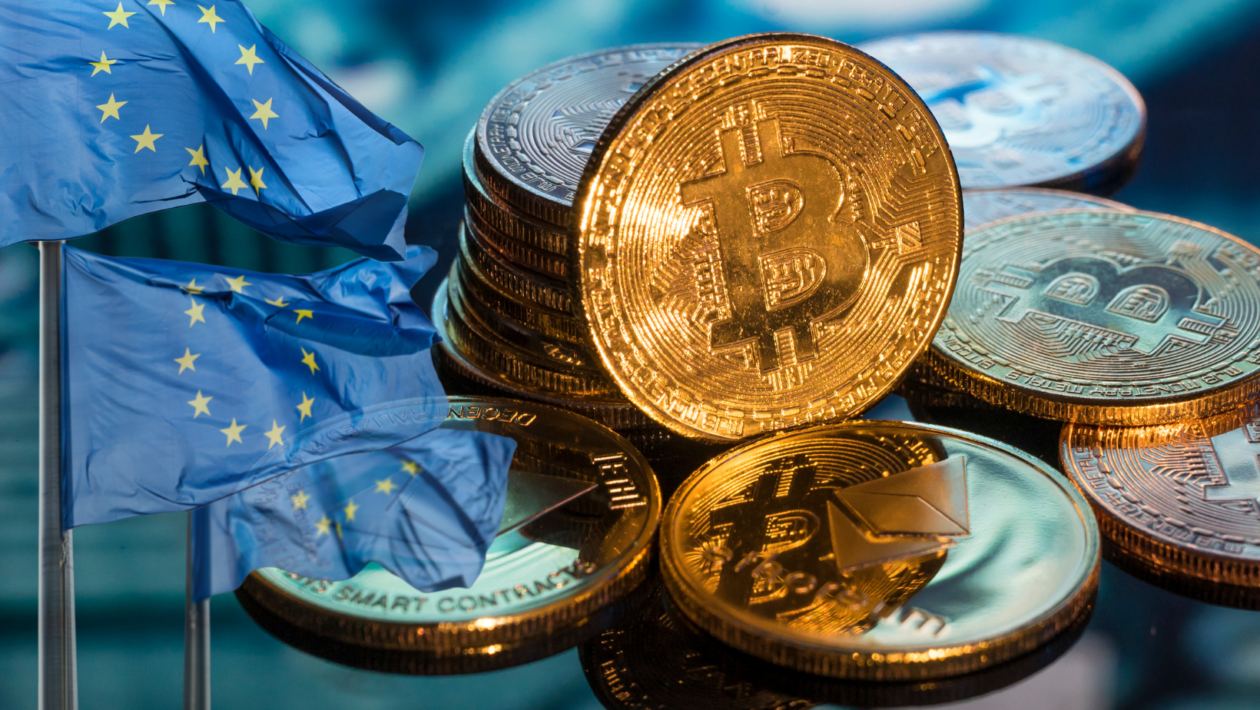Unlike many of my crypto contemporaries, I’ve long been a supporter of regulation. While it may not mesh with the underlying libertarian principles of the movement, we need to be pragmatic. To successfully deliver our decentralized vision, we can’t allow the perfect to be the enemy of the good. Compromise is critical if we are to live harmoniously with the fiat financial system. A big part of that is submitting to the right kind of regulation.
However, until now, much of the proposed compliance has been inappropriate, impractical or a staggering overreach of authority. The main issue has been the arms-length approach regulators, and lawmakers have taken to governance, especially in the U.S. Rather than collaborating with the crypto industry, there’s been a concerted effort to jam us into existing regulatory frameworks that simply don’t apply.
The European Union’s Markets in Crypto Assets framework (MiCA) is different. For the first time, it feels like the perfect example of government regulators working alongside industry to create a set of laws that offer a mutually beneficial path forward.
In late September, the full text of the MiCA framework leaked online. At over 1,000 pages long, it sets out Europe’s landmark crypto licensing regulation, which likely will come into effect in 2024.
The original draft of MiCA had some extreme proposals that would have been incredibly destructive to the crypto industry. Clauses like requiring “know your customer” for all non-fungible token (NFT) marketplaces, banning decentralized finance (DeFi) and crashing Bitcoin’s price to kill off proof of work. Thankfully, greater, more sensible minds prevailed. According to reports, the more extreme policies are absent from the final draft. In my opinion, what remains is a reasonable approach that could pave the way for the next crypto bull run — and here are some reasons why.
1. Kicking out the cowboys
While the crypto movement has noble intentions, the industry has been plagued by nefarious activities that have seriously harmed its reputation and seen investors lose millions to scammers and fraudsters.
The 2017 era was rife with projects that put out a white paper and collected millions in investment money through an initial coin offering (ICO), only to disappear with the funds. While this wasn’t true of every project, implementing strict regulations around ICOs and product launches will effectively wipe out the “exit scam.” By requiring the development of a detailed white paper and holding the authors to account for delivery and timeline, only legitimate projects will see the light of day.
At its heart, regulation is about consumer protection. So it’s encouraging to see Europe take a balanced approach that tackles the scammers head-on while freeing people to decide how much exposure they have to the industry.
2. Clearly defined roles
There are times when it has felt like governments have been trying to regulate the industry out of existence. In the U.S., there was an attempt to pass legislation that would essentially group anyone involved in purchasing and facilitating crypto services with the exchanges selling coins. Doing so would have placed impossible demands on the average crypto user and likely closed the doors on many services.
MiCA recognizes differences between actors taking part in the industry and clarifies how the regulator should view them. This delineation is exemplified in their understanding and resulting definition of emissions (or block subsidies, to which they are sometimes referred). They accept that people who earn rewards through staking do so through work.
The MiCA definition means that emissions (staking/mining rewards) generated by consensus are protected as income rather than a dividend for investing and ensures that genuinely decentralized crypto assets remain protected by the fundamental philosophies they’re built upon.
3. Protecting DeFi providers
Under MiCA, the providers of DeFi platforms may also breathe a huge sigh of relief. There have been attempts to make them liable for any and all activity on their network. This is unfair in the same way as making an internet service provider accountable for everything their users do on the internet.
Certainly, there should be clear compliance to ensure that users are protected and that scammers and others are limited in what they can do on a network, which is precisely the approach that MiCA seems to take.
The MiCA framework appears to provide full protection to DeFi providers. It says that if something is genuinely decentralized, the people who created the protocol are not responsible for everything on their network.
4. NFTs remain a gray area
There remains some confusion regarding how to define non-fungible tokens (NFTs). As a result, MiCA isn’t 100% clear on how to handle them. On the one hand, there’s an acceptance that they are tokens, but on the other, they don’t operate in the same way as cryptocurrency. Ultimately, it will likely be necessary to create a new category for them, which isn’t currently covered in the European framework.
This confusion needs to be cleared up. Large, non-crypto brands will be a vital vector for bringing users into the space, and NFTs are an important vehicle for doing so. However, they will only do so if there is clarity on what they can and can’t do.
As a wider point, it’s also important to clarify how non-crypto companies work with the crypto industry. There are huge partnership opportunities, and precise regulation will ensure we can mine these opportunities as much as possible.
5. Stablecoins, sovereignty and national security
As one might expect, MiCA is not devoid of protectionist policies. Its authors understand that stablecoins could present a material risk to national currencies. While the European legislators do not appear to want to eliminate them, they clearly want to ensure stablecoin issuers continue to secure backing using the assets governed by the state.
The framework is focused on ensuring that stablecoins are tied to a basket of sovereign debt or auditable euros. As long as it’s tied symbiotically to their currencies, they are okay with it.
But something like Dai — an algorithmic stablecoin solely backed by other cryptocurrencies — could be a problem because you’re now shifting towards a world with a challenger currency that could become more useful and eliminate the sovereignty of the fiat currency.
Ultimately, when looking at the different regulatory frameworks coming from developed economies, what’s clear is that each government is exploring approaches they think will protect their sovereignty and economy. Unfortunately, in the U.S. that means a heavy-handed approach that overreaches and fails to regulate according to the technology. However, the good news is that Europe is approaching it more pragmatically and holistically, and allowing the crypto industry to build momentum.





